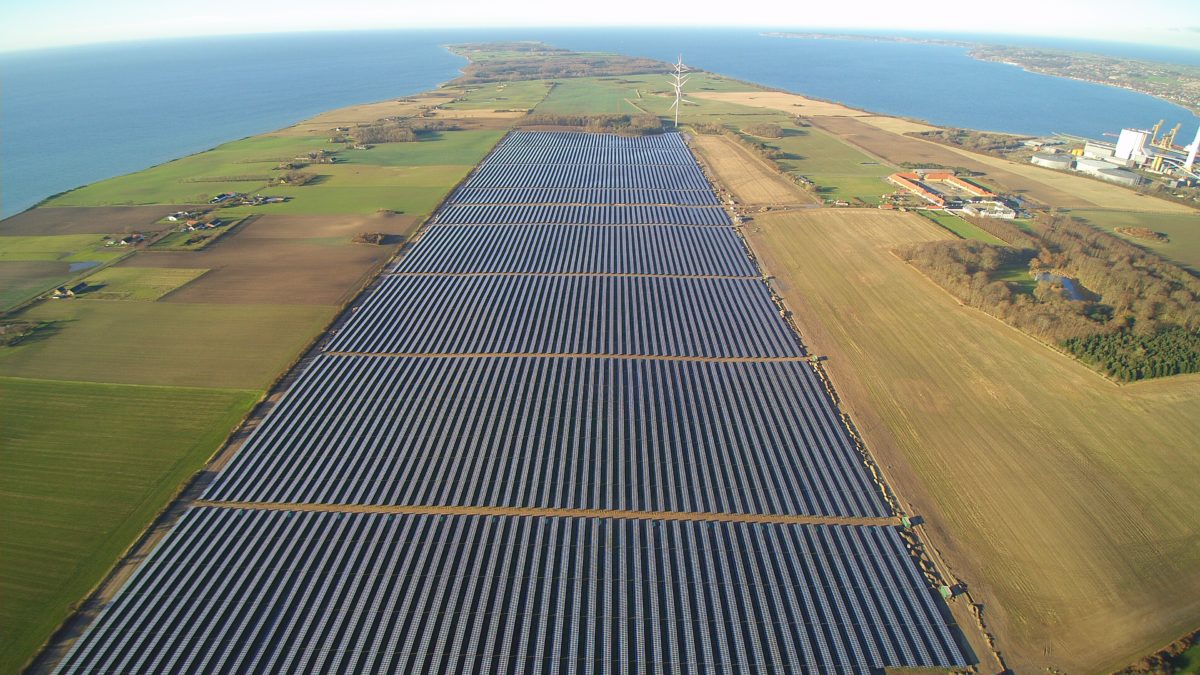pv magazine: Mr. Ahm, the Danish government has closed the second phase of the incentive program for solar, the so-called “transitional model” for PV installations up to 400 kW in December. What do you think of this decision?
Ahm: This decision was taken by the government extremely swiftly. There were around 1.6 GW of projects applications, which were canceled in one shot. This has immediately frozen the market, and scared all investors. It was undoubtedly not a good sign for the future of PV in the short term. In the first three months of this year only around 4 MW was installed in the country. People have clearly lost confidence.
pv magazine: Do you mean this 1.6 GW of applications is now wastepaper?
Ahm: Yes, if one of these proponents intends now to see its project see the light, he has to restart the bureaucratic procedures from zero. And it must be considered that in Denmark bureaucracy is currently the main obstacle for the development of solar energy. In last year’s auctions for residential and commercial PV projects, for example, the administrative burden was too heavy. It is almost impossible for a private citizen to cope with all these documents. This discouraged individuals and small businesses, and the results of the auctions were disappointing with a vast portion of the planned capacity unallocated. In the German-Danish auction, instead, things went much better.
pv magazine: The Danish government intends to stop incentives for renewables starting 2020. Is there currently any proposal from the government or the Danish solar sector to reinstate any form of support to PV for the next three years?
Ahm: As you mention, the government intends to stop all incentives for the implementation of RE systems, so I expect there will be no or at best some short-term support schemes for PV systems. However, R&D and demonstration will go on being supported.
pv magazine: Is bureaucracy the only issue for PV in Denmark?
Ahm: Well, in Denmark we also have a problem to find capital at a very low interest like in several EU countries. Another challenge could also come from the political side. The Danish Energy Authority and the grid operator Energinet.dk, in fact, have recently proposed to change retroactively the 20-year tariffs granted to owners of PV systems under the net metering scheme, which was closed in 2014. The proposal was submitted to Danish policymakers, which will now have to decide on this. I really hope they will not endorse this plan, as retroactive measures are always the worst threat for solar and renewables.
pv magazine: Which are the chances for large-scale solar in Denmark?
Ahm: I am optimistic that more large-scale PV plants will be built in Denmark. Most of the projects built in the country so far are installations of 400 kW, which are sub-units of larger solar parks. This was due to the fact that the latest incentive scheme accepted only PV systems with this size limit. As for the future, I hope that we will see more large scale or utility scale installations, which can benefit from the scale of economics, but again it presupposes a stable regulatory framework and investor confidence.
Popular content
pv magazine: Denmark’s new energy strategy envisages that all renewables will compete with other energy sources after 2020. Do you believe solar will have good opportunities to win this race?
Ahm: Absolutely. But something must be clear; the government should not introduce other barriers to the development of solar as it is doing now with this heavy bureaucracy. Grid fees or other kinds of taxes could also be serious obstacles if introduced. Otherwise, considering how costs of the PV technology are declining, I don’t see why solar should not have its share.
pv magazine: the Danish government has also decided to gradually abolish during the period 2017-22 the Public Service Obligations (PSO) levy, which finances the country’s renewable energy incentives program. After 2022, eventual incentives should be financed with the state budget. What do you think of this change?
Ahm: This change is a direct result of the European Commission's (EC) complaint of the PSO system not being in compliance with the current EC rules for public support. The funding will now have to come from the state budget, which means it will be part of the annual political fight related to the state budget. I do not think it is a stable situation encouraging investor confidence.
pv magazine: Energinet.dk expects Denmark will reach an installed PV power of around 2.1 GW by 2025. Do you believe this target is still realistic?
Ahm: Yes. Denmark will undoubtedly reach this target if we will have a stable regulatory framework for solar independently from any kind of incentive. People must simply believe solar is a viable option, and that the government does not see it as a threat.
pv magazine: Denmark aims to become fully independent from fossil fuels in 2050. Do you also believe that this is doable?
Ahm: Yes. This will be a very complicated process requiring a lot of R&D and careful ongoing analysis, but it can be achieved. It requires the sectors of electricity, oil/fuels and heat to be fully integrated and being in support of each other. There are currently several modelings being considered, and a future with an electricity sector with 65% of wind and 35% of solar is not excluded. In such a scenario, storage would obviously play a central role with storage being realized in the interaction between electricity, oil/fuels and heat.
This content is protected by copyright and may not be reused. If you want to cooperate with us and would like to reuse some of our content, please contact: editors@pv-magazine.com.



From today’s reports, Denmark is a worse place for a solar company to do business in than Brazil. How can it do so well on wind and make such a dog’s dinner of solar?